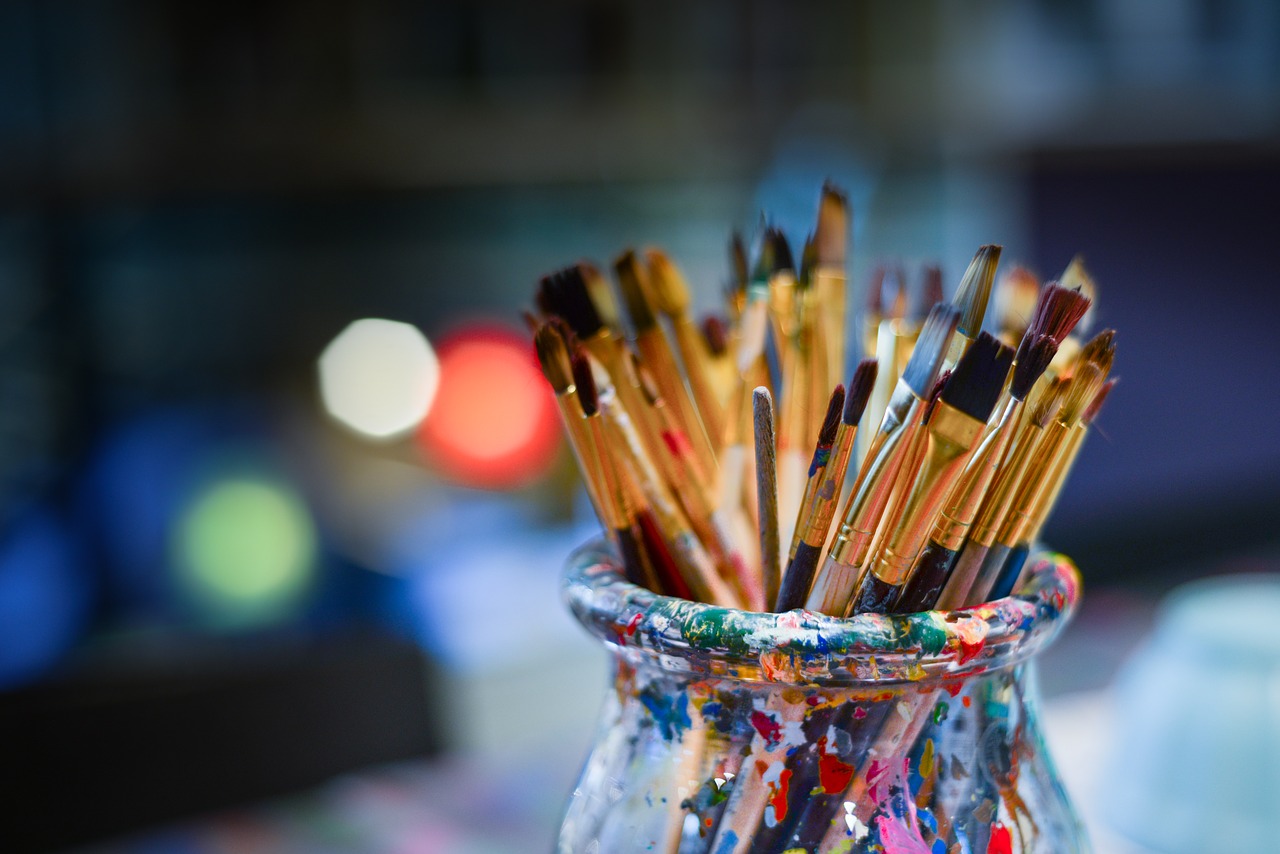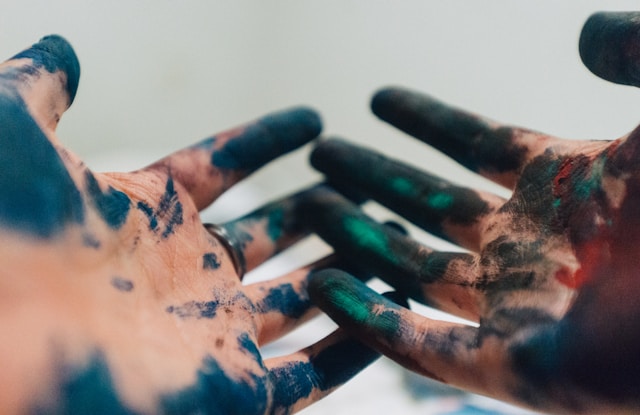Canadian Group of Painters
2020-09-27 | Art | No Comments

The Canadian Artists’ Group (CGP) was a collective of 28 artists from around the world who joined together as a group in 1933.
The Canadian Group of Artists replaced the disbanded Group of Seven, whose paintings of Canadian wildlife had a strong influence on Canadian art. In the early 1930s, the prominence of the Big Seven caused controversy, as many believed that the National Gallery of Canada had shown favoritism for their work and they were the only Canadian artists to receive worldwide recognition. Concerns about the potential bias of the gallery and the exclusion of contemporary artists led to the formation of the Canadian Artists Group in February 1933.
The group consisted of 28 English-speaking artists from across Canada. Lauren Harris as its inaugural president. Some of the other Group of Seven artists were also included in the new group, including A. J. Casson, Arthur Lismer, A. Y. Jackson, F. H. Varley, and Franklin Carmichael.
Although the group never created a manifesto, they lived and worked with two goals: to foster closer collaboration among Canadian artists and to encourage and develop Canadian artistic expression.
Their first exhibition of “nationalist art” was held in Atlantic City, New Jersey, in November 1933. They displayed 57 works at the Heinz Art Salon, which proved to be a great international venue for showcasing their brand. However, the works of the group of seven still received the most recognition and press. The first CGP exhibition in Canada was held in November 1933. The exhibition was less austere in style and presented a wider range of works outside the Canadian landscape style.
Their next exhibition was not until January 1936 at the Toronto Art Gallery. Much of the delay was caused by the many scandals between members of the group, including an affair between Lauren Harris and Bess Larkin Hasser, a fellow artist and wife of CGP secretary Fred Husser. Harris stepped down as president and A. Y. Jackson took over with vice presidents Arthur Lysmer and Prudence Huard in 1936. The group held a number of exhibitions under its new leadership and took steps toward a unified style.
The Eastern Artists Group was formed in Montreal, Quebec in 1938 to counter the influence of the Canadian group of artists.


